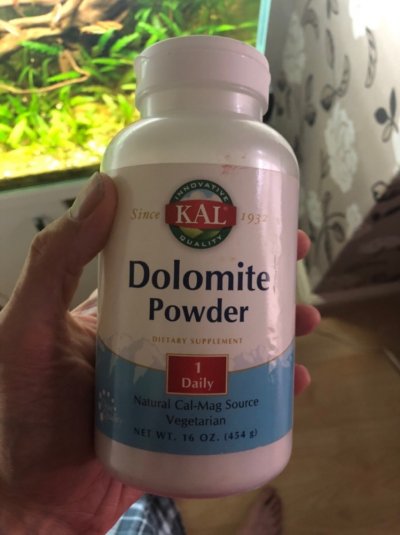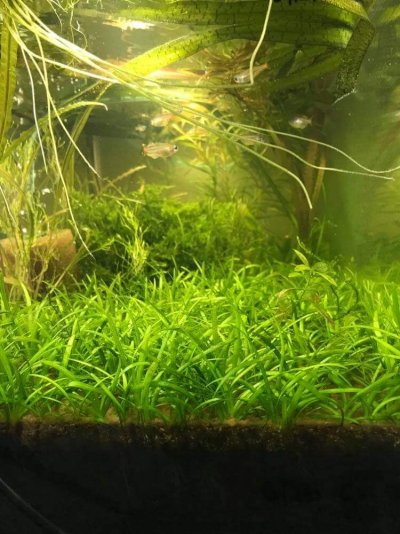fishlover1990
Aquarium Advice Newbie
- Joined
- Jul 2, 2021
- Messages
- 9
I have a 30 gallon tank stocked with 14 zebra danios. It's been going as a fish in cycle for just shy of two months and it's gotten no where. I haven't seen nitrites or nitrates during this time. I've been doing every other day 30-50% water changes to combat the AMN which gets as high as 1ppm but i've never let it get higher without changing water and or dosing with seachem prime. My most recent results from this morning are PH-7 AMN-1 Nitrite-0 Nitrate-0. I did a 30% water change and dosed with sea chem prime to bring that AMN back down. I test daily with api master kit and I also use tetra test strips and compare the results to have as much information as possible. I do have a heater which stays at 76 degrees and it is planted with several Java Ferns (which don't seem to be doing all that great?) My tap water has very very low kh and gh which is another reason I have been doing the water changes in addition to the AMN. I have used 2 different bottles of BB Seachem Stability and Petco brand Imagitarium (Spelling?) and neither seemed to have work. I am at a loss at this point. My betta tank cycled in a few weeks with a bottle of TST no problem no stress but this tank won't do anything. I have tried leaving the AMN so the Bacteria can process undetoxified that didn't work, I tried the BB that didn't work, I don't know what's left to do? I just recently got some crushed coral to hopefully help with the low kh and gh levels from the tap but outside of that what's left to try am I forced to do every other day water changes for the fish's life lol? I fish in cycled my betta tank and it was the easiest stress free thing ever and that was 1 fish in a 10 gallon tank so I figured 14 in a 30 would be just as simple boy was I wrong. The only thing I did different with my betta tank was I used spring water only I never used tap water He was my first fish so I was paranoid and but gallon jugs of spring water never tap so that's the only thing I can think of difference wise between the 2.


